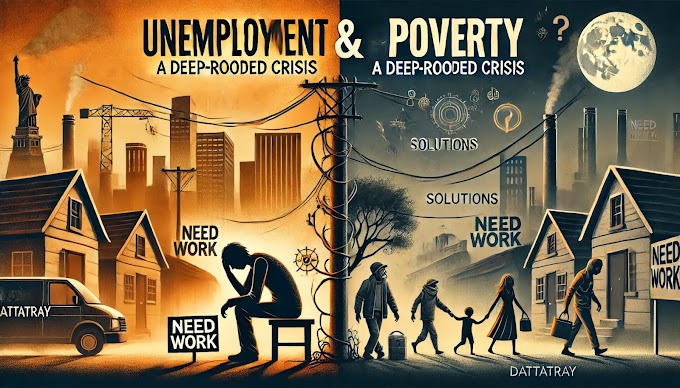Irving Fisher and the Concept of Money Illusion
Introduction
Irving Fisher, one of the most influential American economists of the early 20th century, made significant contributions to economic theory, particularly in monetary economics. Among his many groundbreaking concepts, the idea of "money illusion" stands out for its relevance in both classical and modern economics.
Who Was Irving Fisher?
Irving Fisher (1867–1947) was an American economist, statistician, and inventor. He is best known for:
- The Quantity Theory of Money (MV = PT)
- His work on interest rates and capital theory
- Predicting the 1929 stock market crash (famously incorrectly, but he later contributed to understanding debt-deflation)
Fisher was among the first economists to use mathematical equations in economic analysis and advocated for statistical and empirical data use in economics.
What is Money Illusion?
Definition:
Money illusion refers to the tendency of people to think of currency (money) in nominal terms, rather than in real terms. This means they consider the face value of money without accounting for inflation or changes in purchasing power.
Fisher's Explanation:
Fisher argued that workers, consumers, and even policymakers often suffer from money illusion. They may perceive an increase in nominal income (e.g., salary) as an increase in real income, even if inflation wipes out the actual value gained.
Visual Example:
Salary vs. Inflation
| Year | Nominal Salary | Inflation Rate | Real Value |
|---|---|---|---|
| Year 1 | ₹50,000 | 0% | ₹50,000 |
| Year 2 | ₹55,000 | 10% | ₹49,500 |
Despite a higher nominal salary in Year 2, the real purchasing power actually decreased.
Why Does Money Illusion Occur?
📊 Perception vs Reality (Money Illusion)
People may feel richer due to higher salaries, but inflation eats away real purchasing power.
Effects of Money Illusion
On Workers:
On Consumers:
On Policymakers:
Real-World Examples
1. Wage Negotiations:
During inflation, if wages are increased by 5% but inflation is 7%, real wages have declined. However, employees may feel satisfied due to the nominal increase.
2. House Prices:
People often believe their house value has increased just because the nominal price has risen. They ignore inflation-adjusted gains, which may be minimal or even negative.
Combating Money Illusion
Is Money Illusion Still Relevant Today?
Yes! In an era of rising inflation, digital money, and economic uncertainty, understanding real versus nominal value is more important than ever.
- During COVID-19, stimulus checks raised nominal income, but inflation eroded purchasing power.
- Asset Bubbles may appear profitable in nominal terms but are risky in real-value evaluations.
Conclusion
Irving Fisher’s concept of money illusion remains a foundational idea in understanding human behavior in economics. By recognizing the difference between nominal and real values, individuals, businesses, and policymakers can make better financial decisions. As inflation dynamics continue to play a central role in global economies, avoiding the trap of money illusion is more relevant than ever.
"The public is always ready to cry 'cheap money,' but it fails to realize that money is not cheap when the things money buys are dear." — Irving Fisher
📘 Irving Fisher's Money Illusion - Summary
- Money Illusion: The tendency of people to think of currency in nominal terms, ignoring inflation.
- Founded by: Irving Fisher (American economist, 1867–1947)
- Real vs Nominal: People feel wealthier with a nominal raise even if real income falls.
- Example: ₹60,000 salary with 15% inflation has less value than ₹55,000 with 4% inflation.
- Impact: Affects wage negotiations, spending decisions, and public sentiment.
.png)







.png)

.png)
.png)
.png)
.gif)
0 Comments